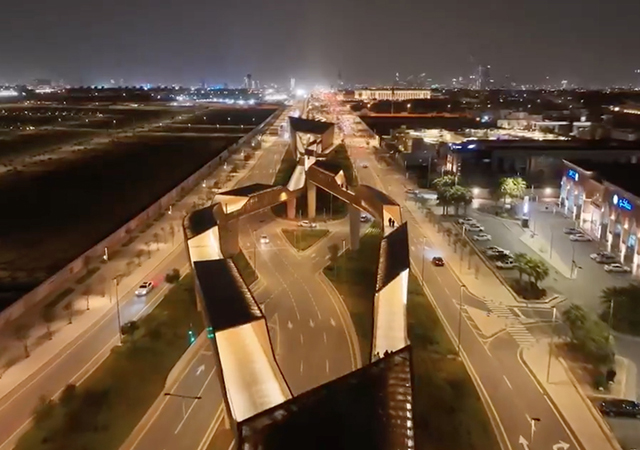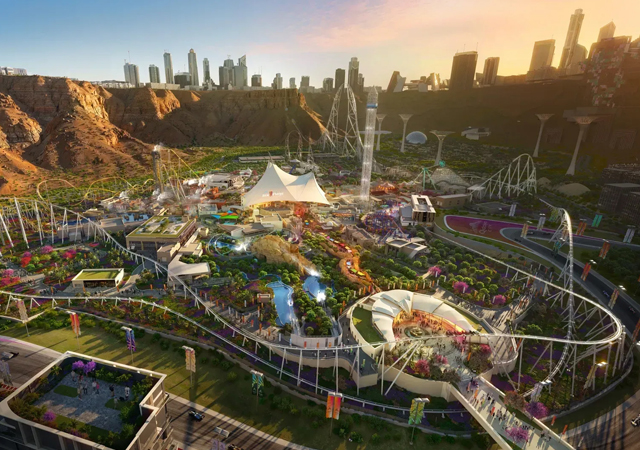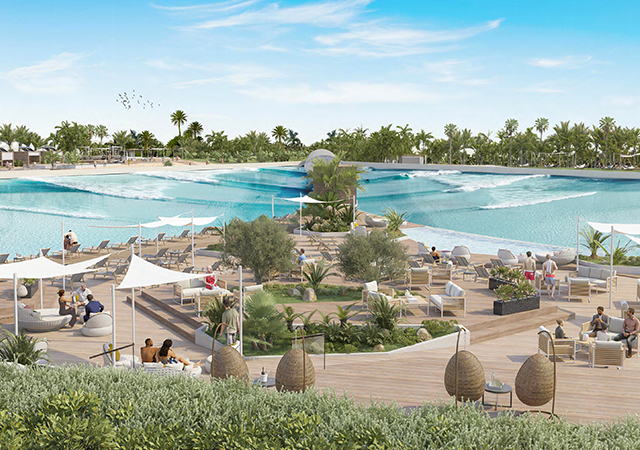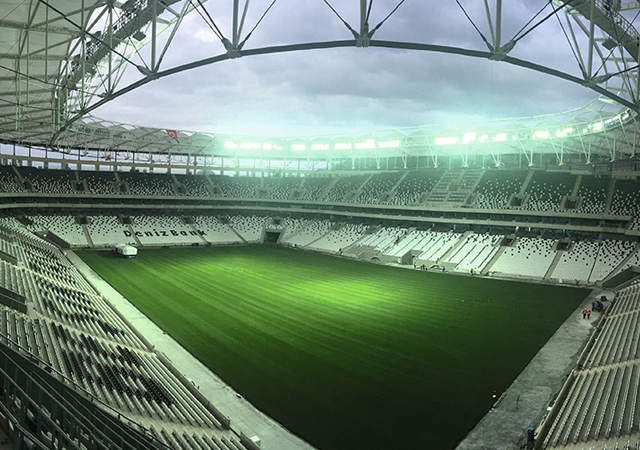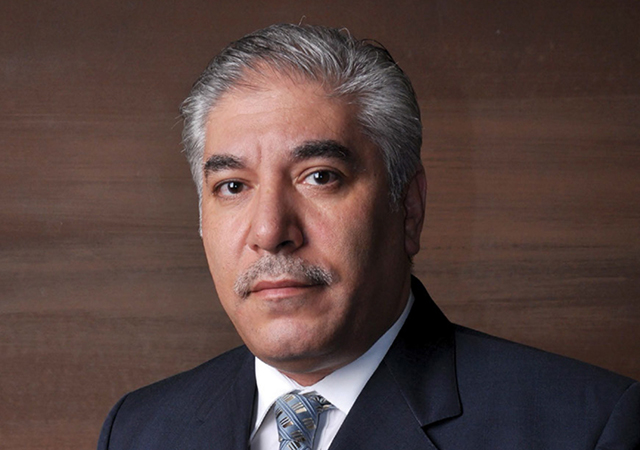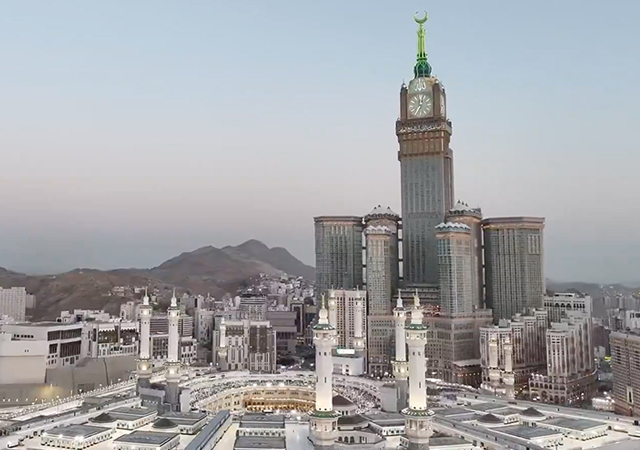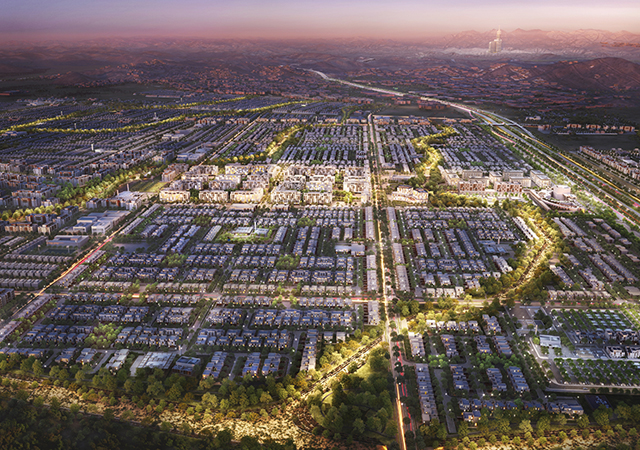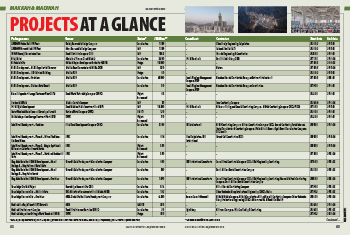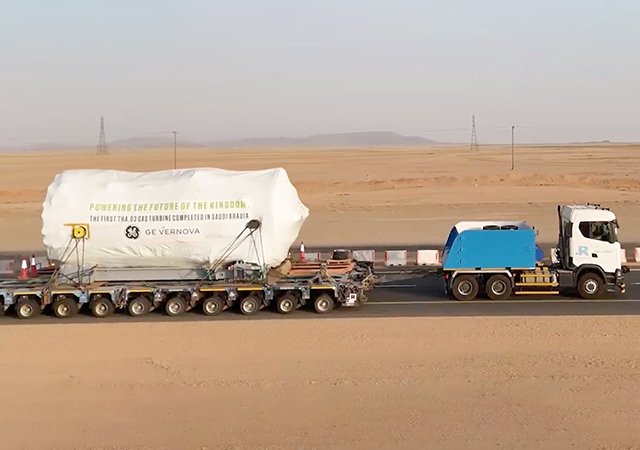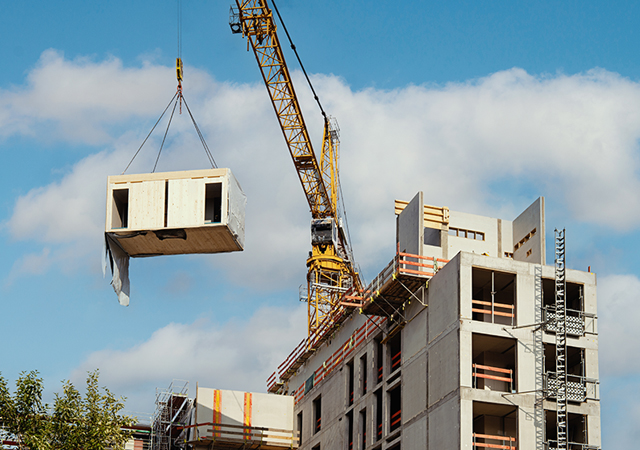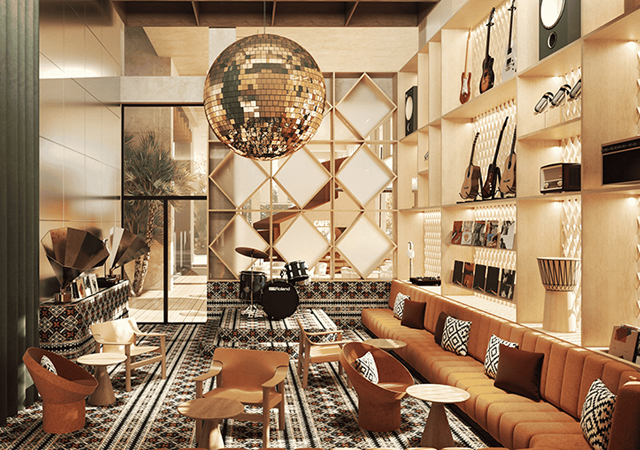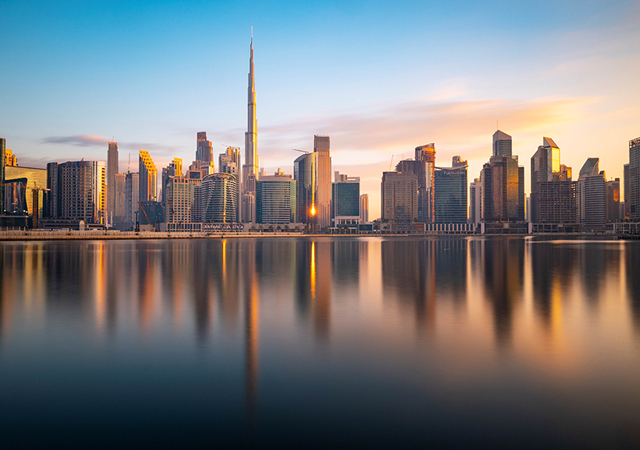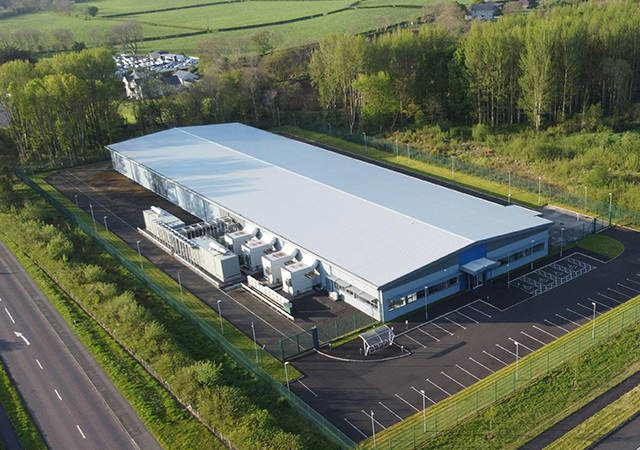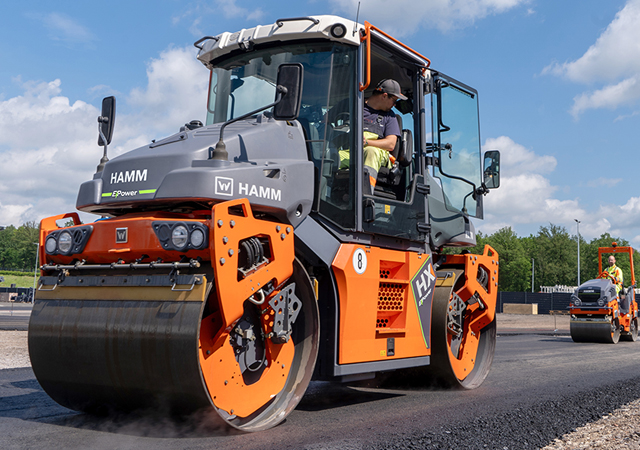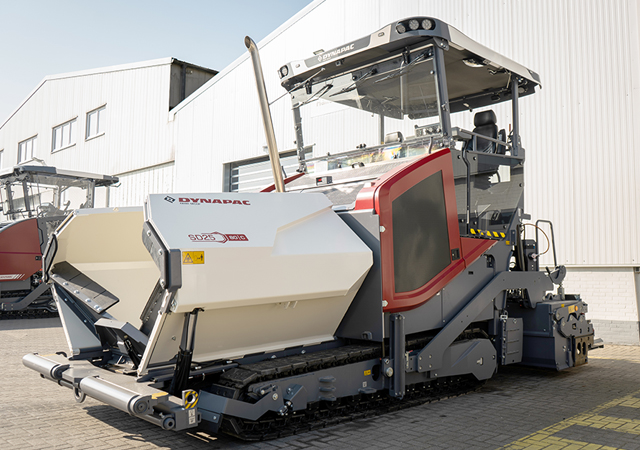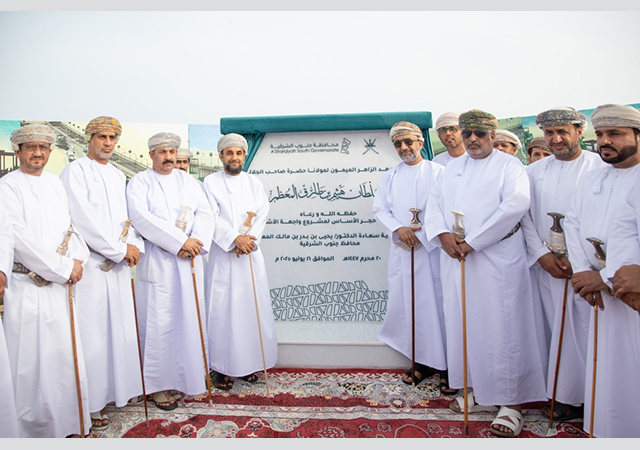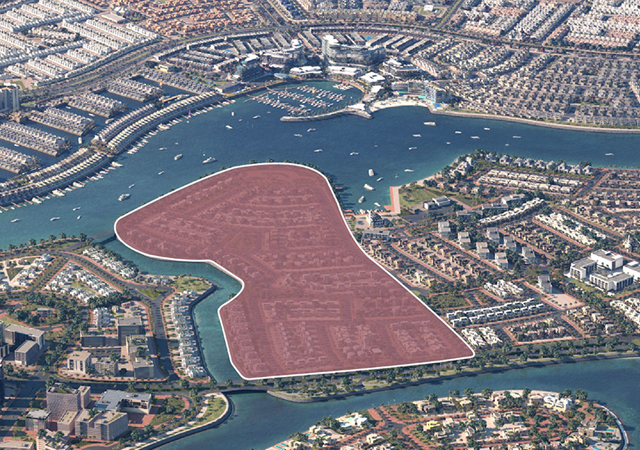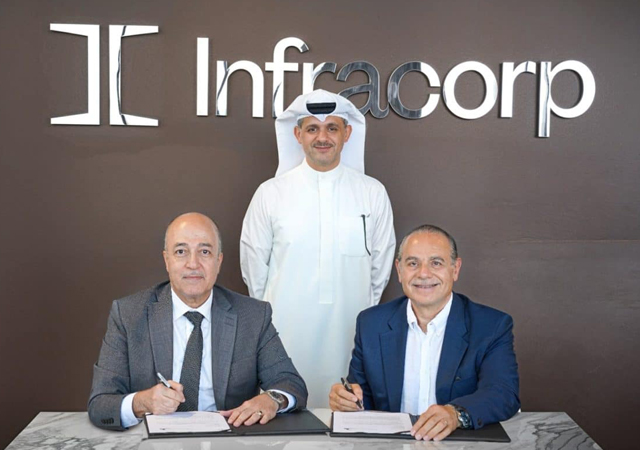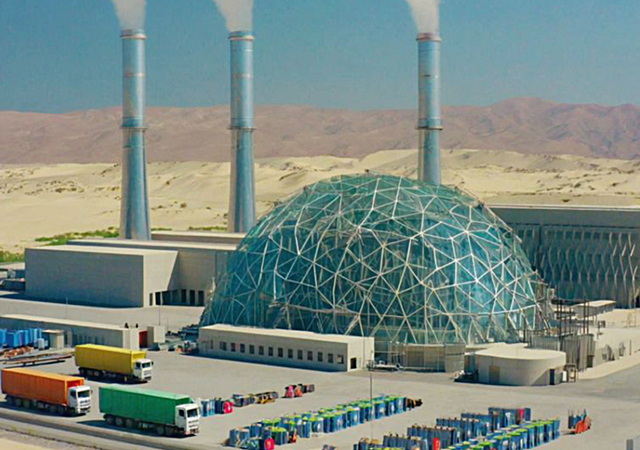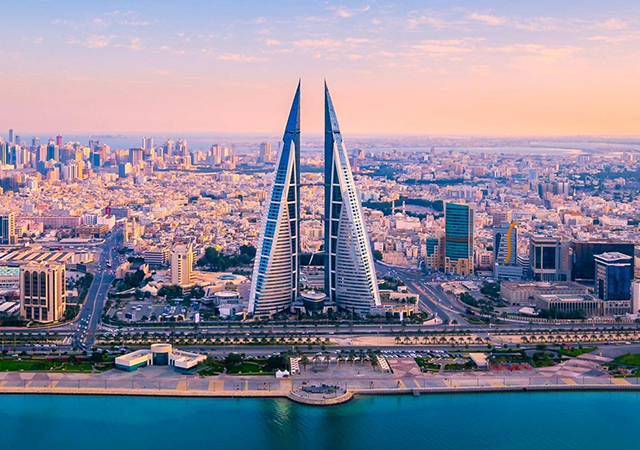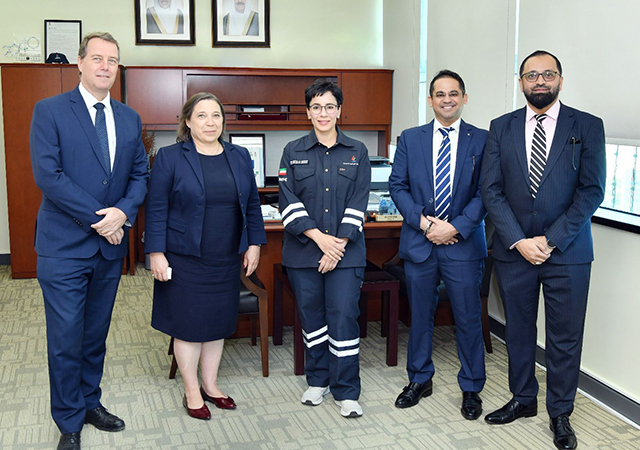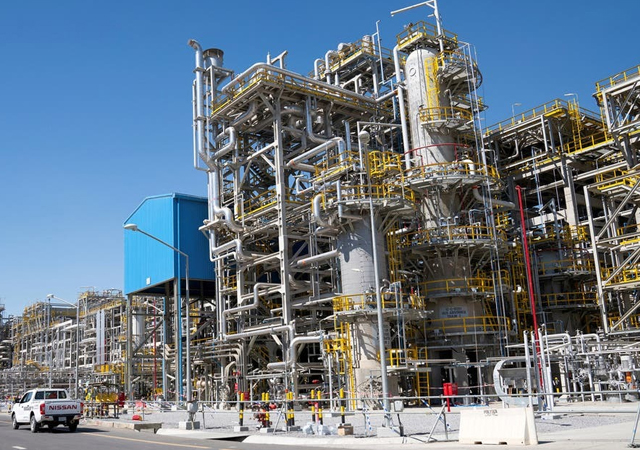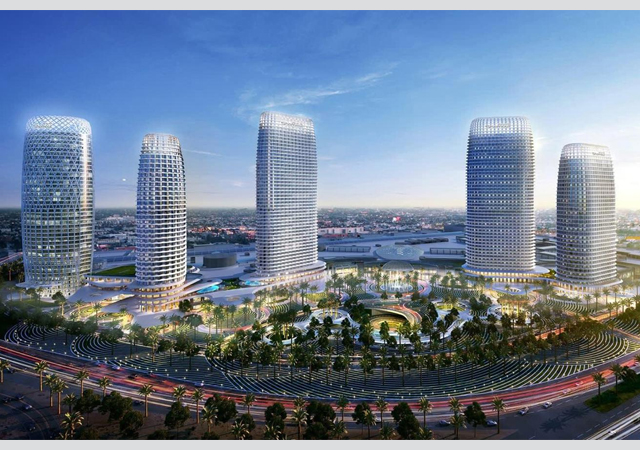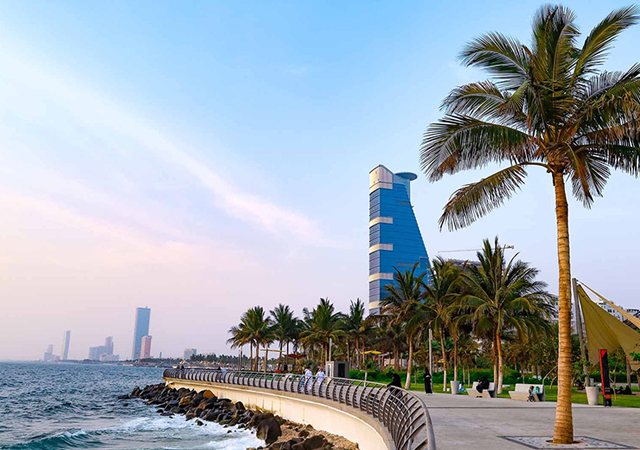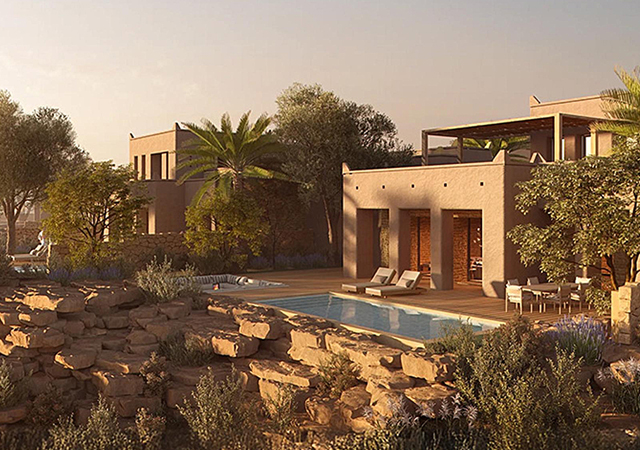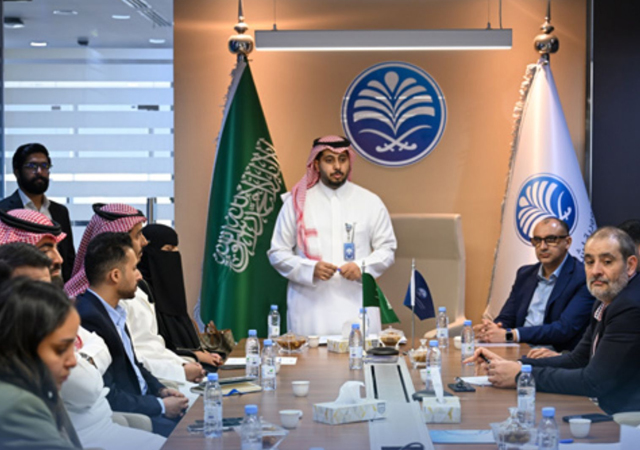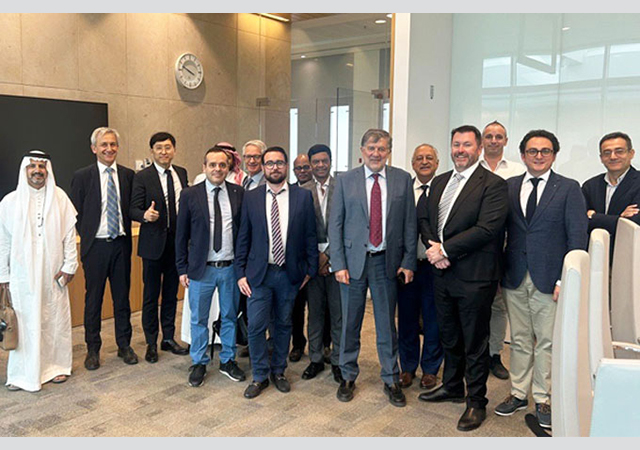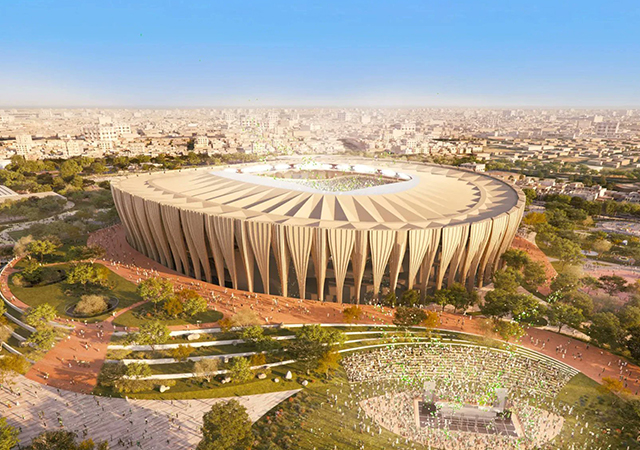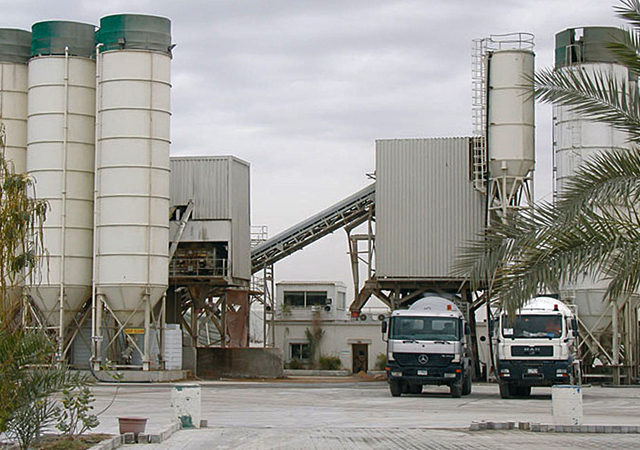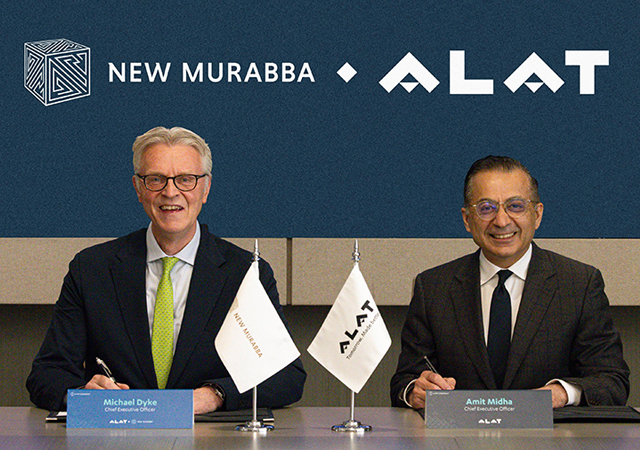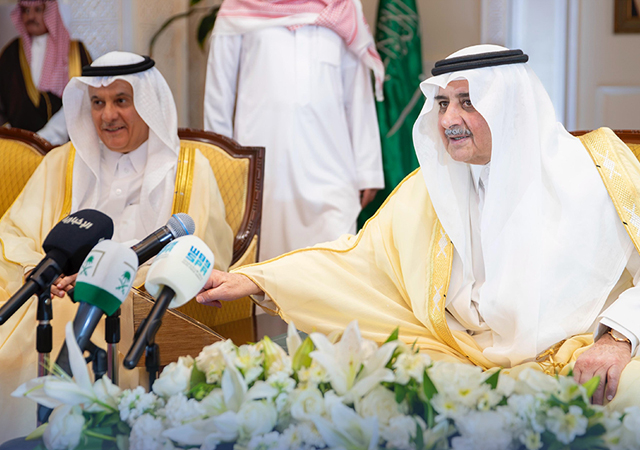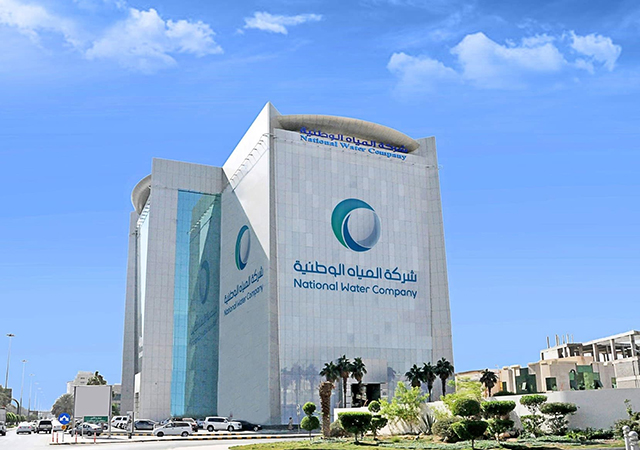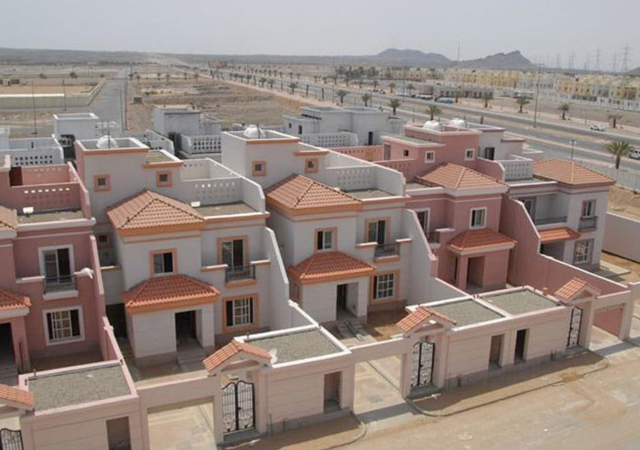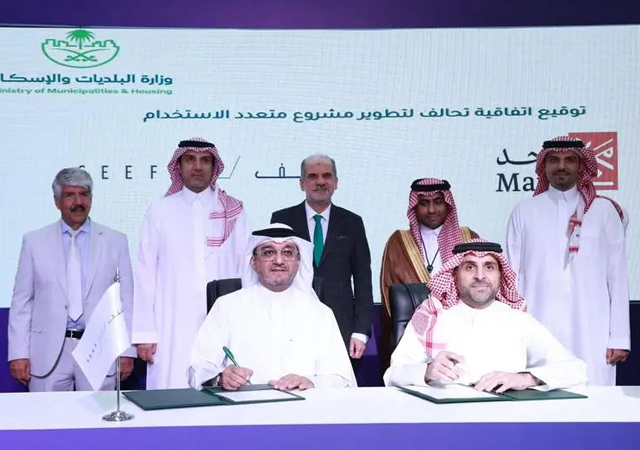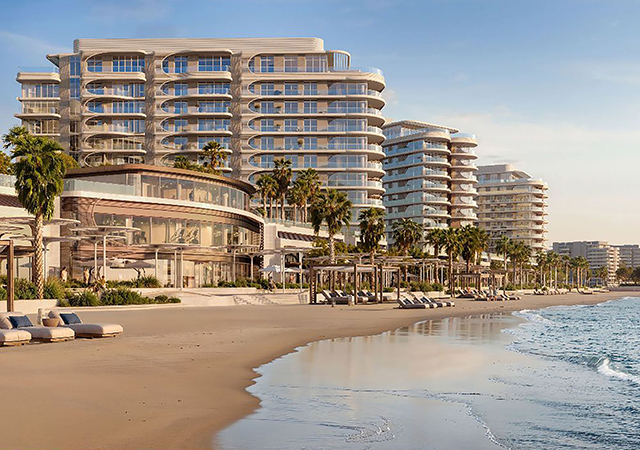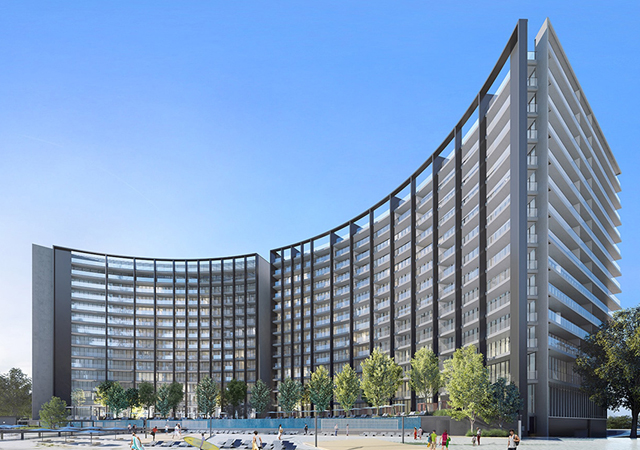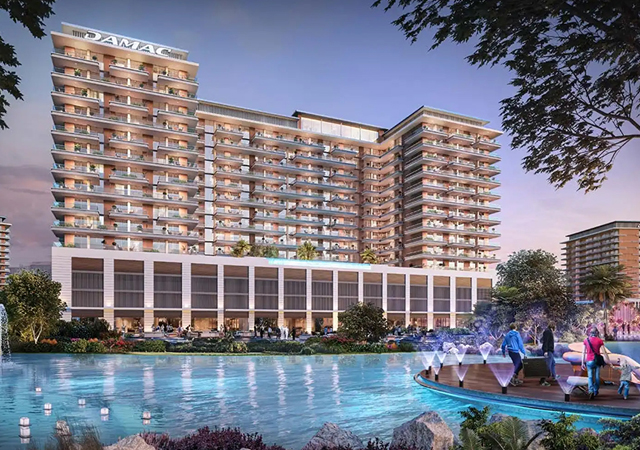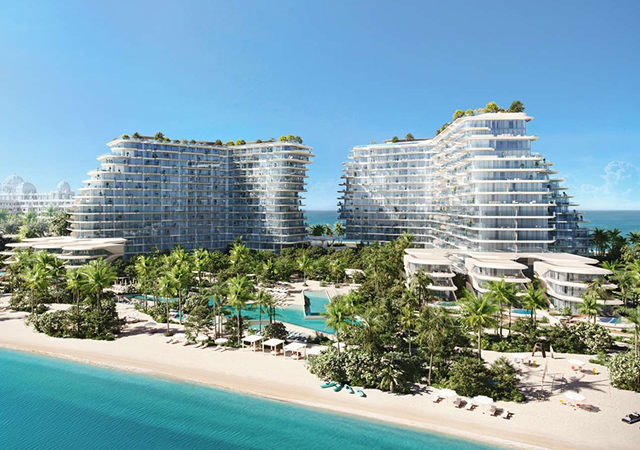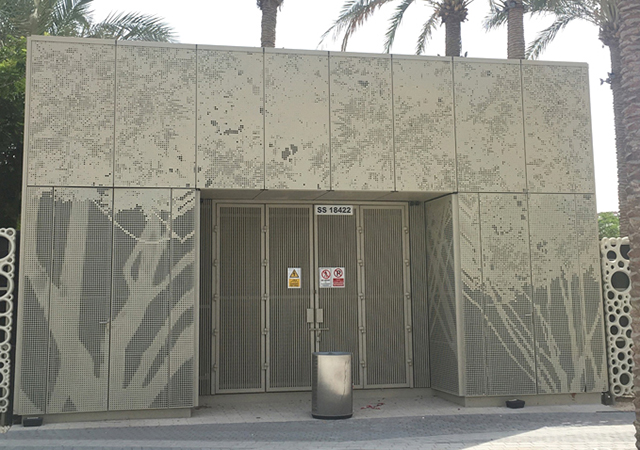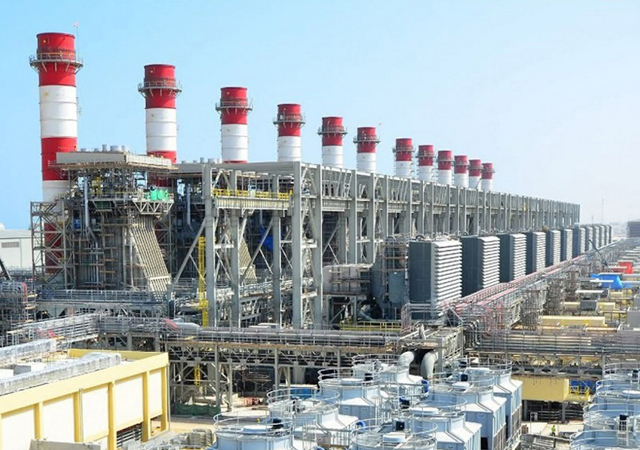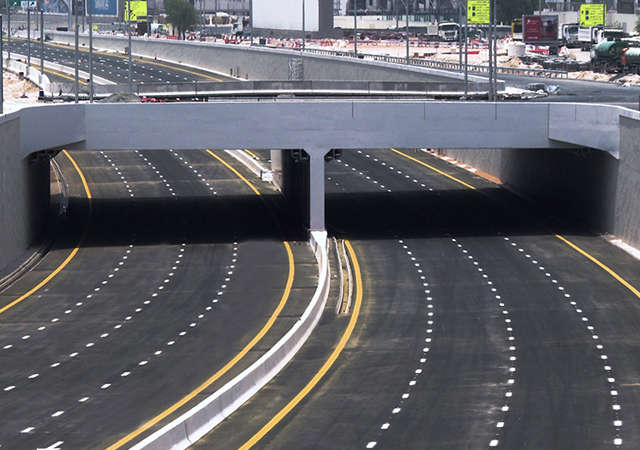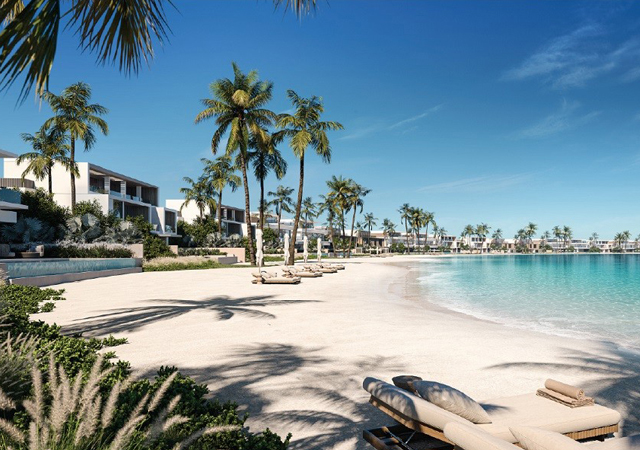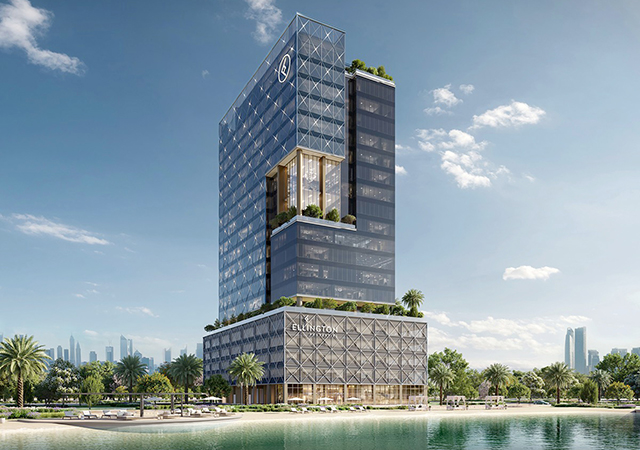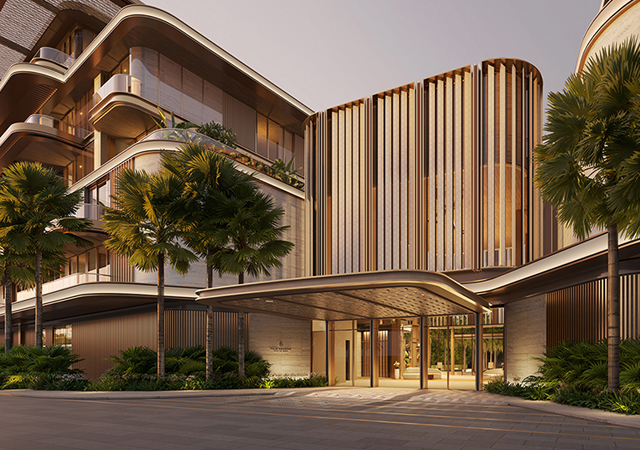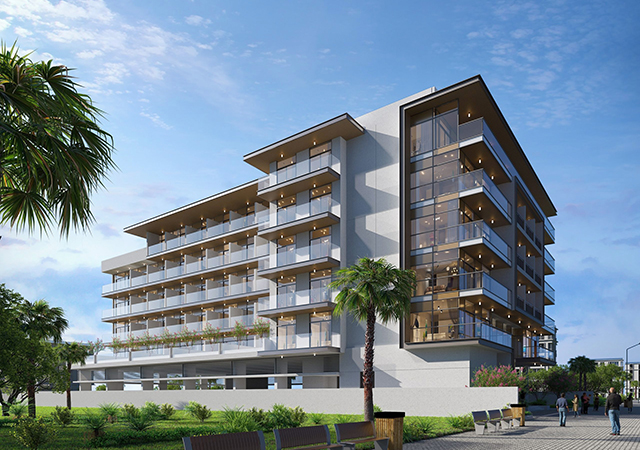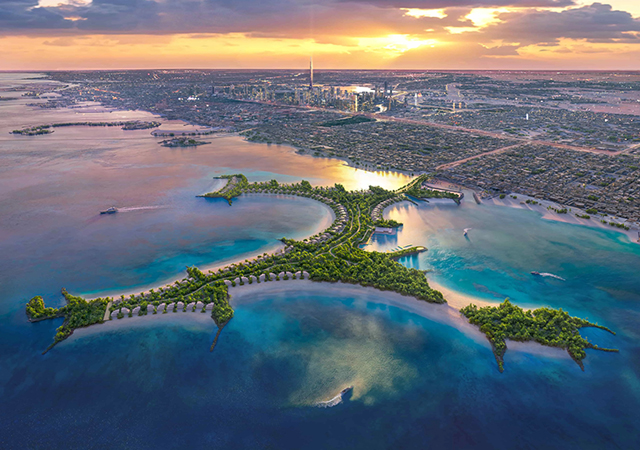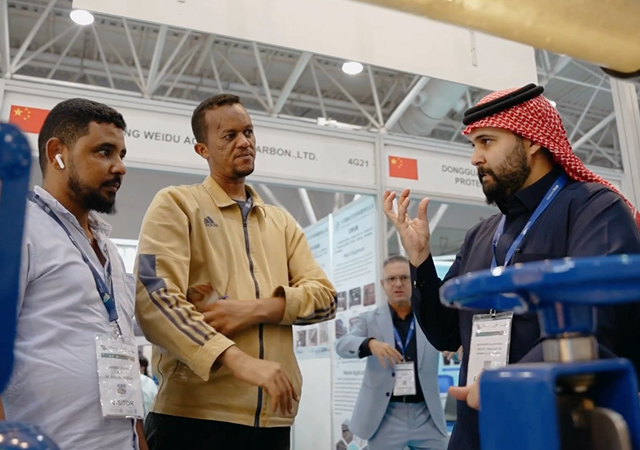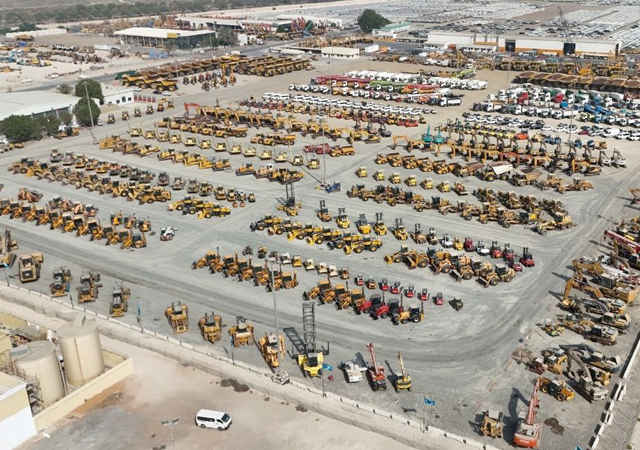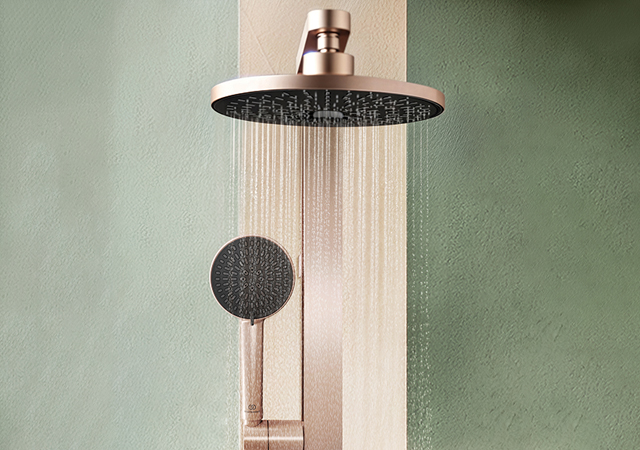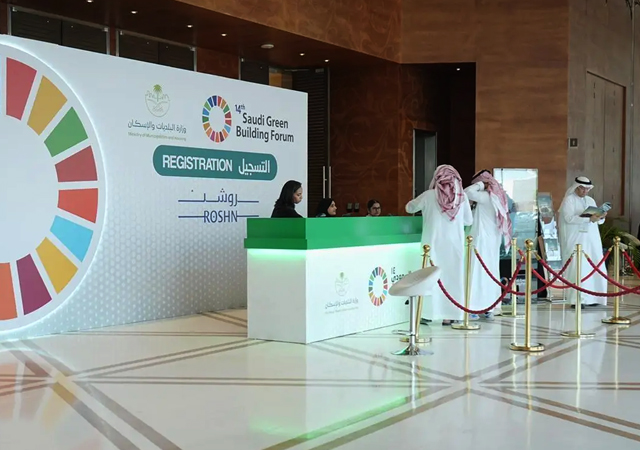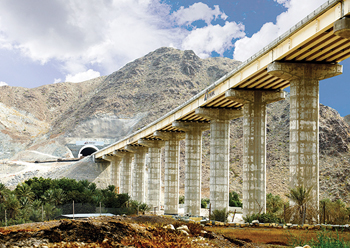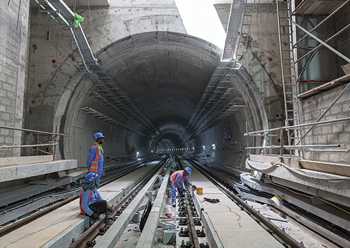
 The Connector will extend from the Spine layer on The Line to Oxagon.
The Connector will extend from the Spine layer on The Line to Oxagon.
Neom, the $500-billion futuristic city along the north Red Sea coast of Saudi Arabia, has flagged off the construction of a vital link between its two key hubs with the award of a $1.53-billion contract to design and build a 57-km stretch of a high-speed railway.
The deal was awarded to Webuild, an Italian group specialised in the construction and civil engineering which has wide expertise and experience in high-speed railways, and its joint venture partner Shibh Al Jazira Contracting Company (Sajco), a veteran Saudi contractor whose experience that spans over five decades (see www://gulfconstructiononline.com/Article/1627501).
The contract covers the design and build for the major part of the Connector, a railway connecting Oxagon, Neom’s centre for advanced and clean industries with The Line, a linear 170-km-long city with no traditional roads or cars that will be able to accommodate a population of up to nine million people on a footprint of just 34 sq km.
The JV agreement between the contractors is split 70/30 between Webuild (previously known as Salini Impreglio), through its local unit Salini Saudi Arabia, and Sajco. The scope includes civil works for the two high-speed and two freight railway tracks, with Webuild leading the execution of work. The contract also covers viaducts, road bridges, and road and rail underpasses to facilitate train speeds of up to 230 km per hour.
 |
|
Oxagon, Neom’s centre for advanced and clean industries. |
Neom, a region designed as a blueprint for sustainable urban living with enhanced livability, is among Saudi Arabia’s key giga-projects. Once completed, it will be powered by 100 per cent clean energy, through renewable solar, wind and green hydrogen-based energy.
The Line extends from the Gulf of Aqaba in the west, continuing through the Sharma Valley and to Neom International Airport within the upper valley region.
The modular city, which represents a new approach to urban design, comprises 135 modules that layer city functions vertically while giving people the possibility of moving seamlessly in three dimensions (up, down or across) to access them. Each module contains eight buildings founded on large-diameter bored piles. Different from just tall buildings, this concept layers public parks and pedestrian areas, schools, homes and places for work, so that one can move effortlessly to reach all daily needs within five minutes.
A high-speed rail system will have an end-to-end journey time of 20 minutes. It is expected to have three lines with stations located in every third module.
Leading American multinational infrastructure consulting firm Aecom was appointed under a single contract as the Backbone Engineering Consultant (BEC) for the project in late 2020. Aecom was also selected as project management consultant for Neom’s first phase in July 2019. In March this year, it was awarded a multi-year contract to provide project management consultancy services for Neom International Airport (NIA).
Aecom’s scope as BEC will include project management for masterplanning, design and construction services, through to testing, commissioning, operational readiness, activation and transition (ORAT).
According to Aecom, the primary objective of the commission is to develop Stage Three designs from concept level to enable procurement and tendering on varying levels of design development for each package, leading to the eventual construction of the project.
The geographic extents of design works comprise three main elements, the company says. These are the Spine railway route, Connector railway and Spine Water Transmission (SWT) line. The Spine railway route extends 170 km from the coast in the west to the new Neom International Airport in the east.
The Connector railway route extends 100 km north to south from the southern border of Neom to connect with the Spine. The SWT box is located to the north of The Line extending 80 km in length from the coast.
The BEC design scope includes the utility and railway corridors including new stations along the route, cut-and-cover boxes, mountain tunnels and adits, viaducts, depots, yards and other facilities, according to Aecom.
The Mountain Running Tunnels (MRT) are a 25-km link between the coastal desert and the upper valley.
“The MRT works are already at an advanced stage of design to accelerate the programme. Drill-and-blast construction is under way for these works. Construction support teams review contractor proposals for tunnelling works as they progress. Geotechnical teams are in the field undertaking field observation and overseeing ground investigation works.
“The BEC design scope is being delivered to align with the planned overall procurement programme. Connector and SWT design packages are well advanced, for preparation of contract documentation. Spine stations and underground boxes designs are under way,” the company says.



